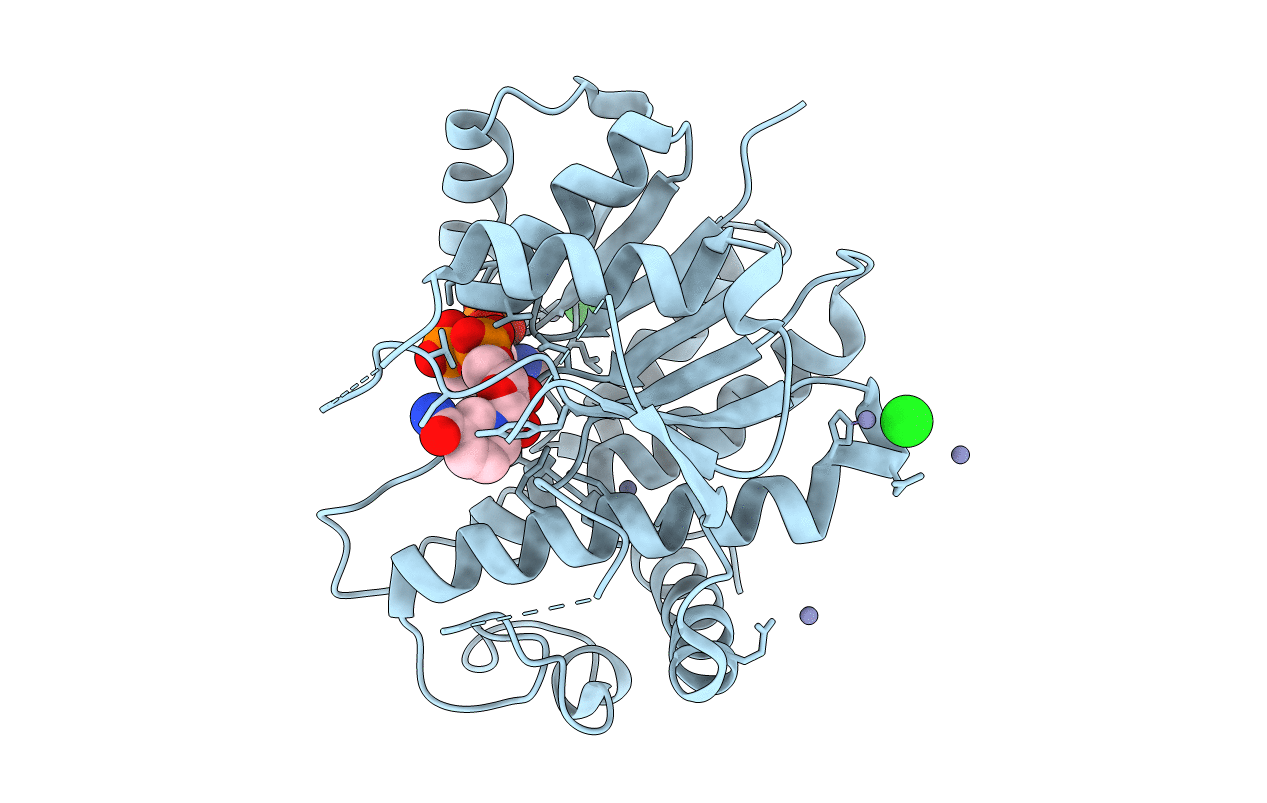
Deposition Date
2019-03-22
Release Date
2019-10-30
Last Version Date
2024-05-15
Entry Detail
PDB ID:
6R46
Keywords:
Title:
Crystal structure of LPOR (Thermosynechococcus elongatus) complexed with NADP+ at 2.5A resolution
Biological Source:
Source Organism:
Thermosynechococcus elongatus BP-1 (Taxon ID: 197221)
Host Organism:
Method Details:
Experimental Method:
Resolution:
2.50 Å
R-Value Free:
0.24
R-Value Work:
0.19
R-Value Observed:
0.19
Space Group:
P 63 2 2


